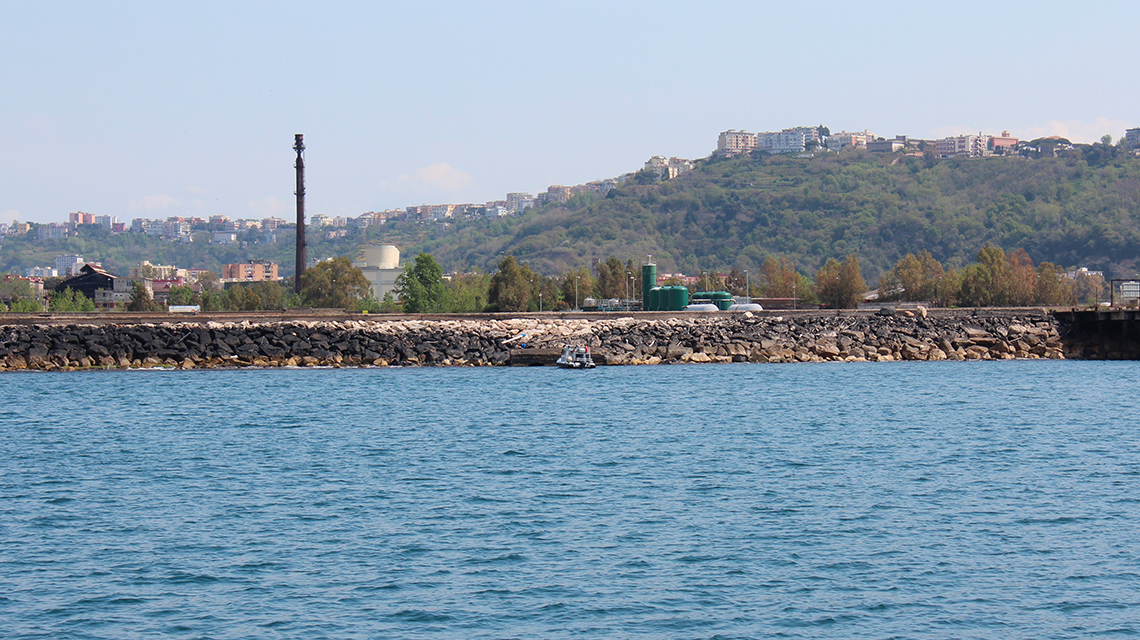Italian National Agency for New Technologies, Energy and Sustainable Economic Development

Environment: The history of Bagnoli Bay (Naples) reconstructed thanks to DNA
Capturing the 'environmental DNA' of the former industrial area of Naples 'Baia di Bagnoli-Coroglio' starting from 1830, to understand how quickly the communities of marine organisms changed in response to environmental deterioration. It’s one of the main results of a study published in the journal Environment International, the result of a collaboration among Italian and foreign research teams (Anton Dohrn Zoological Station, ENEA, University of Geneva, University of Salento, University of Urbino, Polytechnic University of Marche , University of Freiburg, Polish Academy of Sciences).
The researchers took a sediment core in the Bagnoli-Coroglio Bay, a former industrial area in Naples which cover an area of about 249 hectares on land and 1,453 in the sea, dated the layers, determining the concentration of pollutants and studying the DNA traces of marine organisms. These molecules, in fact, survive for hundreds of years 'trapped' in the sediments accumulating on the seabed year after year. The DNA extracted from the environment - in our case from the sediments - is called 'environmental DNA' and represents a sort of 'barcode', different from species to species, which enables identification.
It was therefore possible to obtain a list of marine organisms present in the sediment starting from the oldest/deepest layers of the core (1830) up to the present.
In the first half of the 1800s, agricultural land overlooked the Bay of Bagnoli-Coroglio, while Posidonia oceanica and a great diversity of organisms thrived on the seabed. A gradual deterioration of environmental quality starting from the first decade of the 1900s, when the first industries settled, up to the period of maximum expansion in the years 1950-1980 with the Ilva/Italsider steelworks, was accompanied by significant changes in the biological community. The disappearance of Posidonia was sudden; both the composition of single-celled organisms living in water and those living in sediment changed drastically; their diversity decreased and the species likely capable of withstanding high concentrations of hydrocarbons and heavy metals increased.
The sea is home to a great diversity of organisms, from bacteria to microscopic plankton suspended in water, from algae and marine plants attached to the substrate to a myriad of small and large organisms living on the seabed. However, human activities are threatening the balance of marine environments, especially that of densely populated coastal marine areas, often home to industrial activities. The spillage of various types of pollutants into the sea seriously damages marine organisms by reducing their diversity: in fact, only a few species manage to survive in polluted waters or sediments. This international study sheds light on the current situation and helps understand what the environment was like in the past and how quickly the communities of marine organisms changed in response to environmental deterioration.
This study is part of the ABBaCo project (https://www.szn.it/index.php/it/ricerca/ecologia-marina-integrata/progetti-di-ricerca-emi/abbaco) funded by the MUR and coordinated by the Zoological Station Anton Dohrn, aimed at studying the Bay of Bagnoli-Coroglio west of the city of Naples.
